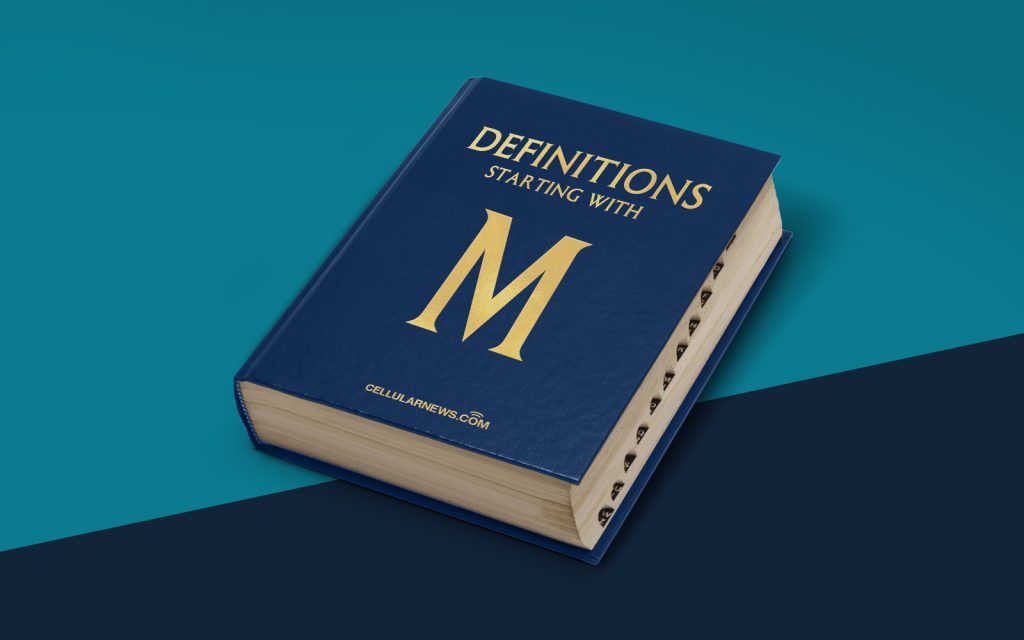
Unleashing the Magic of MPEG-1 Audio Layer 3: The MP3 Revolution
Ah, MP3s. We’ve all heard of them, but what exactly are they? Why do they hold such a significant place in the world of digital music? Let’s dive in and explore the wonders of MPEG-1 Audio Layer 3, commonly known as MP3.
Key Takeaways
- MP3 (MPEG-1 Audio Layer 3) is a highly popular audio compression format that revolutionized the way we listen to music.
- MP3 files reduce the size of audio recordings without significantly sacrificing sound quality.
The Birth of MP3: A Revolution in Audio Compression
Back in the early days of digital audio, audio files were large and cumbersome. Hard drives struggled to store these files, and dial-up internet connections made downloading a tedious ordeal. In the late 1980s, the Moving Picture Experts Group (MPEG) set out to solve this problem and revolutionize the way audio files were encoded and played.
The result of their efforts was MPEG-1 Audio Layer 3, or MP3 for short. Introduced in the early 1990s, MP3 became the go-to format for audio compression, renowned for its ability to significantly reduce the size of audio recordings without sacrificing too much sound quality. This breakthrough innovation allowed music lovers around the world to enjoy their favorite tunes without straining their storage capacities or waiting hours for downloads to complete.
How MP3 Works: The Science Behind the Magic
At its core, MP3 is an advanced audio codec, which is a fancy term for a method of encoding and decoding audio data. It achieves its compression magic by discarding some of the data that is less crucial to the overall listening experience.
Here’s a simplified breakdown of how MP3 compression works:
- An MP3 encoder algorithm analyzes the audio file and determines which sounds are more critical for our ears to perceive and which ones can be minimized or eliminated without significant impact.
- The encoder then removes certain sounds and uses clever techniques to represent the remaining audio data more efficiently. It achieves this by exploiting the limitations of human hearing and discarding frequencies that are less noticeable to our ears.
- When the MP3 file is played back, the decoder algorithm reconstructs the audio data, filling in the gaps and providing us with a listening experience that, while not uncompressed, is still highly enjoyable.
By selectively removing less relevant audio information, MP3 files can be compressed down to a fraction of their original size, typically between 1/10th to 1/12th, making them highly suitable for efficient storage and transmission.
The Legacy of MP3: A Change in the Music Industry
The introduction of MP3 had a profound impact on the music industry, sparking a digital revolution that forever changed how we consume music. Here are a few ways in which MP3 transformed the music landscape:
- Greater Accessibility: MP3 made it easier for music enthusiasts to access a vast library of songs. With the rise of online file-sharing platforms, anyone with an internet connection could build a music collection in the blink of an eye.
- Portable Music Players: MP3 players emerged as the ultimate music companion, allowing users to carry thousands of songs in their pockets. The iconic iPod, launched by Apple in 2001, became a cultural phenomenon and synonymous with the MP3 revolution.
- Music Streaming: MP3 paved the way for the development of music streaming services, such as Spotify and Apple Music. These platforms enable users to stream their favorite songs on demand, without the need for physical media or file downloads.
Today, MP3 continues to prevail as one of the most widely used audio formats in the world. Its legacy lives on in the countless digital music libraries, streaming services, and portable devices that have become an integral part of our daily lives.
The MP3 Saga Continues…
And so, the story of MP3 unfolds. From its humble beginnings as a solution to the challenges of digital audio storage to its transformative impact on the music industry, MP3 has left an indelible mark on our musical experiences. So the next time you listen to your favorite MP3, take a moment to appreciate the magic of this remarkable technology.
